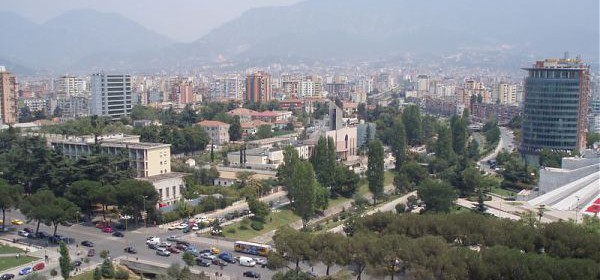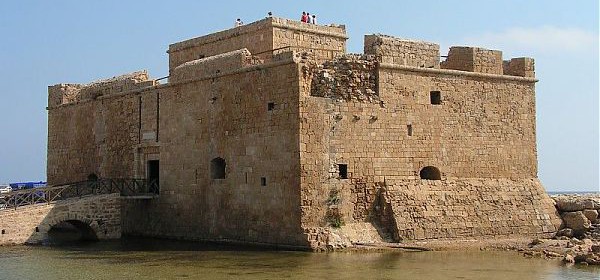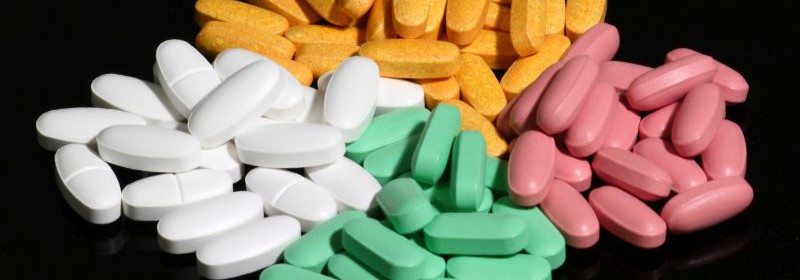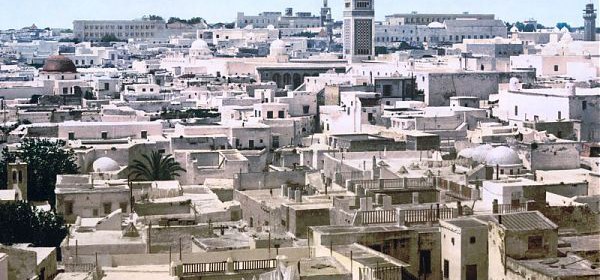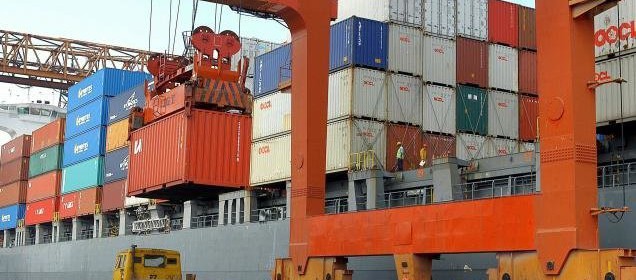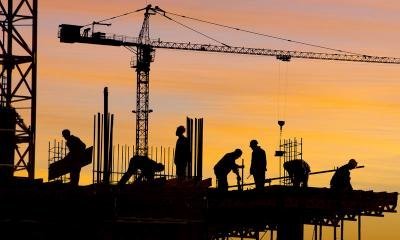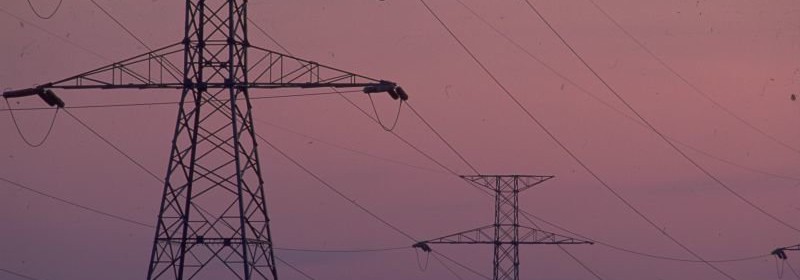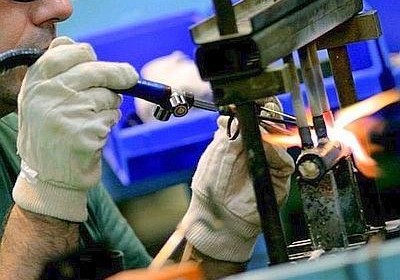ISRAELI CYBER COMPANIES 8% OF GLOBAL MARKET

According to the Israeli National Cyber Bureau, Israeli exports of cybertechnology in 2014 reached approximately 6 billion dollars of 8% on the total value of the global market amounted to 71.1 billion dollars.
Israel confirms, therefore, be the main protagonist for investment in the private sectors, defense and military. Thanks to this activity with significant funds spent on research and development of new products, and the country, however, one of those with the lower rate of cyber-technology crimes in the world. Cyber sector employs about 19,000 jobs representing 7% of the workforce in the field of high technology.
The National Cyber Bureau is an advisory body attached to the Office of the Prime Minister in charge of formulating proposals – even a legislative character and significance – as part of the national cyber security policy. In addition to this advisory function to the organs of government and legislation, and the engine of the motor cooperation between higher education system, industry and the private sector and central and local government offices that ensure the security of the country.
(ITALPRESS/MNA).
Source: medNews

